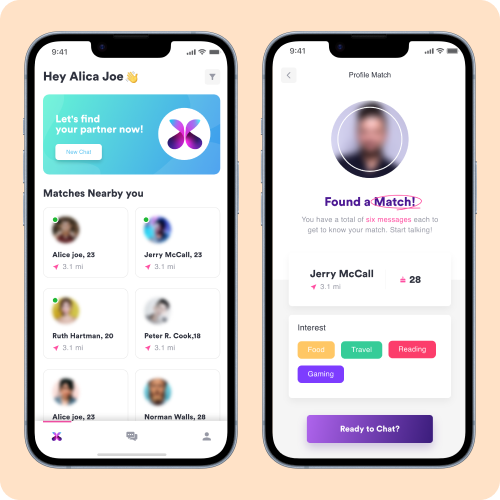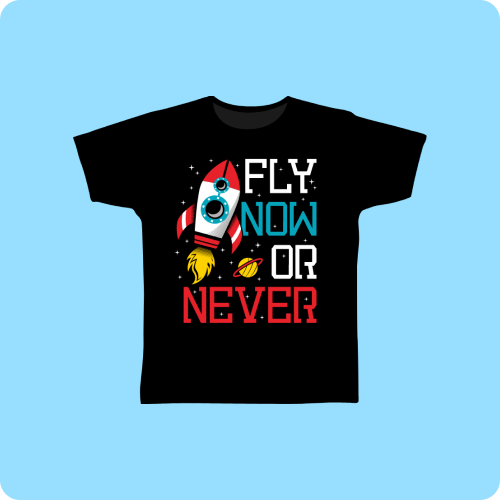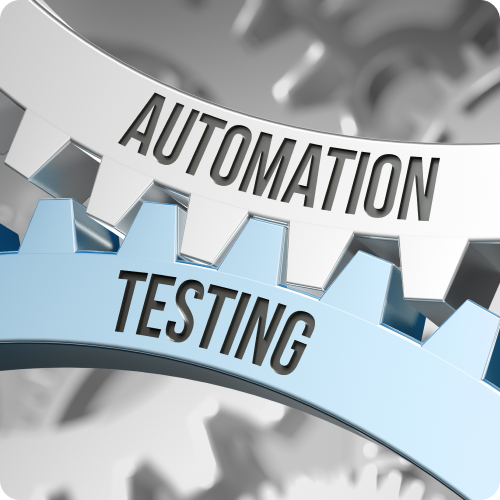Social Media app development has become a booming industry. With millions of users spending hours on social apps daily, the potential is huge. If you’re looking to develop a social media app, you’re on the right track. This guide is designed for aspiring developers, entrepreneurs, and anyone interested in social media app development.
Social app development isn’t just about coding. It involves market research, feature planning, UI/UX design, and more. With the right approach, you can create a successful social app. Dive in to learn how to turn your app idea into reality. Get ready to explore the exciting world of social media app development.
Social Media App Market Overview
The global social app market was valued at USD 49.09 billion in 2022 and is expected to grow at a Compound Annual Growth Rate (CAGR) of 23.1% to 26.2% from 2023 to 2030. This exponential growth is driven by several factors, including increasing internet penetration and smartphone adoption globally.

The growing demand for virtual connectivity and social interaction has also contributed to the market’s expansion. Features like personalized feed-based content, encrypted and self-destructive messaging, and video chat services are gaining popularity, driving further growth in the social networking app market.
While specific data on the social media app development market is harder to isolate, it’s evident that social media apps play a significant role in the broader mobile app development market. With over 4.9 billion users globally, social media platforms fuel demand for app development in this area, contributing to the overall growth of the mobile app development market, which is expected to reach around $96 billion by 2023.
Social Media App Development Cost
When it comes to social app development, understanding the cost factors is essential. The cost of developing a social media app can vary depending on various factors, including design complexity, features, and platform (iOS or Android).

On average, developing a social media app can range from $50,000 to $500,000 or more. Design accounts for approximately 10% to 20% of the total cost, while development takes up the majority, around 40% to 60%. Testing and marketing also contribute to the overall expenses.
Budgeting tips can help you manage costs effectively. Strategies like prioritizing features for an MVP (Minimum Viable Product) and leveraging open-source tools can reduce development expenses without compromising quality. By carefully planning and budgeting, you can develop a high-quality social media app within your budget constraints.
Building a Development Team
When it comes to social media app development, you have two main options for building your team: in-house hiring or outsourcing.
In-house hiring involves hiring employees to work directly for your company. This option gives you more control and allows for better collaboration among team members. However, it can be more expensive and time-consuming to find and hire the right talent.
Outsourcing involves hiring a social media app development company or freelancers to handle specific tasks or the entire development process. This option can be cost-effective and flexible, but communication and quality control may be challenging. Consider your budget, project timeline, and specific requirements when deciding between in-house hiring and outsourcing.
Social Media App Development Process
Ideation and Market Research
Before diving into development, it’s crucial to conduct thorough ideation and market research. This phase helps you identify market gaps, understand user needs, and refine your app concept.
- Identifying a Niche
Start by identifying a niche or underserved market segment within the social media landscape. Look for areas where existing apps may not fully meet user needs or where you can offer a unique value proposition.
- Analyzing Competitors
Conduct a competitive analysis to understand the strengths and weaknesses of existing social media apps. Identify key features, user demographics, and marketing strategies employed by competitors to inform your development process.
- Validating the Idea
Validate your app idea by gathering feedback from potential users through surveys, focus groups, or building a Minimum Viable Product (MVP). This helps ensure there’s demand for your app and validates your assumptions before investing further resources.
Defining Features and Functionalities
Once you’ve validated your idea, it’s time to define the features and functionalities of your social app. This stage involves outlining the core features, unique selling points, and user stories to guide development.
- Core Features
Identify essential features every social app should have, such as user profiles, messaging systems, news feeds, and content-sharing capabilities. These features form the foundation of your app and are essential for user engagement.
- Unique Selling Points
Differentiate your app by adding unique features that set it apart from competitors. Consider incorporating features like augmented reality elements, gamification mechanics, or innovative content discovery algorithms to attract and retain users.
- User Stories and Use Cases
Create detailed user stories and use cases to outline how users will interact with your app. This helps clarify requirements, identify edge cases, and ensure the development team understands the user’s perspective throughout the process.
Designing the User Experience (UX) and User Interface (UI)
Design plays a crucial role in the success of your social app. Focus on creating an intuitive user experience (UX) and visually appealing user interface (UI) to enhance engagement and retention.
- Wireframing
Start by creating wireframes to visualize the layout and structure of your app. Wireframing tools like Sketch, Figma, or Adobe XD can help you quickly iterate on design ideas and gather feedback from stakeholders.
- Prototyping
Build interactive prototypes to simulate user interactions and test user flows before investing in full-scale development. Prototyping tools allow you to refine your design and identify potential usability issues early in the process.
- UI Design
Design your app’s UI with principles of consistency, simplicity, and responsiveness in mind. Pay attention to typography, color schemes, and visual hierarchy to create a cohesive and visually appealing interface that enhances the overall user experience.
Choosing the Right Technology Stack
Selecting the appropriate technology stack is critical for the success of your social app development project. Consider factors like scalability, performance, and development speed when choosing backend, frontend, and database technologies.
- Backend Technologies
Choose a backend technology that can handle the scalability and real-time communication requirements of a social app. Popular options include Node.js, Django, Ruby on Rails, and Firebase.
- Frontend Technologies
Select frontend frameworks that allow for rapid development and cross-platform compatibility. Consider frameworks like React Native, Flutter, Swift, or Kotlin for building native or hybrid mobile apps.
- Database Management
Choose a database management system (DBMS) that aligns with your app’s data storage and retrieval needs. Decide between SQL and NoSQL databases based on factors like data structure, scalability, and performance requirements.
Development Phase
With the groundwork laid out, it’s time to start development. Adopting an agile development methodology allows for flexibility and iterative progress throughout the development lifecycle.
- Agile Methodology
Embrace agile principles and practices to adapt to changing requirements and deliver incremental value to users. Break down development tasks into smaller sprints, conduct regular retrospectives, and prioritize collaboration among team members.
- Setting Up Development Environments
Configure development, staging, and production environments to streamline the development process and ensure consistent testing and deployment practices. Use tools like Docker, Kubernetes, or AWS to manage infrastructure and automate deployment workflows.
- Coding Best Practices
Follow coding best practices to write clean, maintainable code that is easy to understand and debug. Adopt coding standards, conduct code reviews, and leverage tools like linters and code formatters to maintain code quality throughout the project.
Integrating Social Features
Integrate social features into your app to enhance user engagement and promote social interaction. Implement secure authentication and authorization mechanisms, real-time communication features, and seamless social media integration with popular platforms like Facebook, Twitter, and Instagram.
- Authentication and Authorization
Implement secure authentication and authorization mechanisms to protect user data and prevent unauthorized access. Utilize industry-standard protocols like OAuth and JWT to enable secure login and user authentication.
- Real-time Communication
Build chat and messaging systems to facilitate real-time communication among users. Leverage technologies like WebSockets, Firebase, or Pusher to enable instant messaging, group chats, and notifications within your app.
- Social Media Integration
Connect your app with existing social media platforms to enable seamless sharing and interaction. Use APIs provided by platforms like Facebook, Twitter, and Instagram to allow users to sign in, share content, and connect with friends across multiple networks.
Don’t miss out on – How to Build Apps Similar to Snapchat?
Testing and Quality Assurance
Testing is essential to ensure your social app meets quality standards and delivers a seamless user experience. Adopt a comprehensive testing strategy that includes automated testing, manual testing, and beta testing with real users.
- Automated Testing
Implement automated testing to validate app functionality, performance, and security across different devices and environments. Use tools like Selenium, Appium, or XCTest for automated UI testing, API testing, and performance testing.
- Manual Testing
Conduct thorough manual testing to identify usability issues, edge cases, and visual inconsistencies that may not be caught by automated tests. Develop test cases, perform exploratory testing, and involve stakeholders in user acceptance testing (UAT) to ensure app quality.
- Beta Testing
Launch a beta version of your app to gather feedback from real users and identify areas for improvement. Encourage beta testers to provide feedback on usability, performance, and feature preferences to inform your app’s final release.
Preparing for Launch
As you near completion of development, it’s essential to prepare for the app launch and ensure a smooth rollout to users. Focus on optimizing your app store presence, executing marketing strategies, and addressing legal considerations before going live.
- App Store Optimization (ASO)
Optimize your app store listing to improve visibility and attract downloads. Focus on keyword optimization, compelling app descriptions, high-quality screenshots, and positive user reviews to increase app store rankings and organic traffic.
- Marketing Strategies
Develop a comprehensive marketing plan to promote your app and attract users. Utilize a mix of pre-launch and post-launch marketing tactics, including social media marketing, influencer partnerships, content marketing, and app store advertising, to generate buzz and drive downloads.
- Legal Considerations
Ensure your app complies with relevant laws and regulations, including data protection laws like GDPR and CCPA. Draft privacy policies and terms of service agreements, obtain necessary permissions and licenses, and address any legal requirements specific to your app’s functionality and target audience.
Conclusion
Social app development is a complex but rewarding journey. By following the steps outlined in this guide, you can develop a successful social media app that meets the needs of your target audience.
From ideation and market research to design, development, and launch, each stage plays a crucial role in shaping your app’s success. Remember to stay agile, listen to user feedback, and continuously iterate to improve your app over time. With dedication and perseverance, you can bring your vision of a social media app to life and make a meaningful impact in the digital world.








































